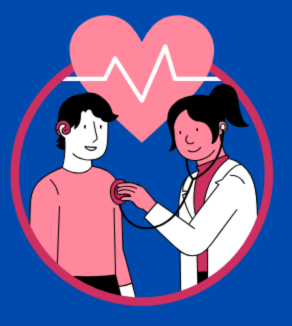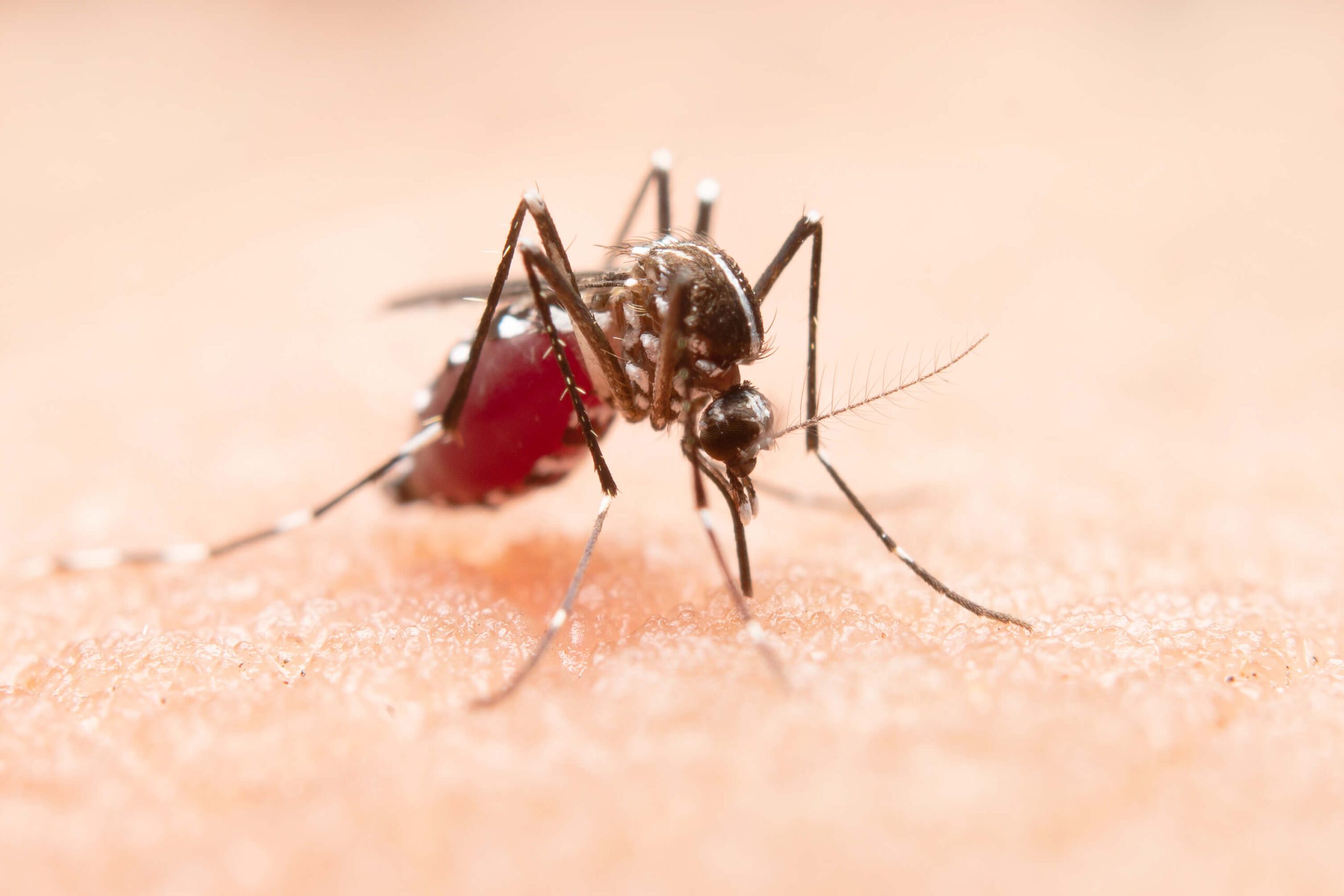Dengue fever, sometimes known as dengue, is a viral virus spread by mosquitos that has emerged as a major global public health concern. This disease is most common in tropical and subtropical regions of the world, particularly in cities and semi-urban areas. In this essay, we will examine the history, transmission, symptoms, treatment, prevention, and worldwide effect of dengue disease.
https://www.youtube.com/watch?v=HAkYOOhbwos
Dengue Virus
Dengue virus belongs to the Flavivirus genus and has four different serotypes: DEN-1, DEN-2, DEN-3, and DEN-4. Infection with one serotype results in lifetime immunity to that serotype but not to the others. Subsequent infections with various serotypes raise the possibility of developing severe dengue, commonly known as dengue hemorrhagic fever (DHF) or dengue shock syndrome (DSS).
How dengue fever transmitted
Dengue is primarily transmitted by the Aedes aegypti mosquito, which is well-adapted to human habitation. Aedes albopictus, another mosquito species, can also spread the virus. These mosquitoes typically bite during the day, with peak feeding times early in the morning and before dusk.
The transmission cycle begins when a mosquito bites an infected person, ingesting the virus. The virus then replicates within the mosquito, which can take 8-12 days. Once the virus reaches the mosquito’s salivary glands, the mosquito can transmit the virus to another human through its bite.
Dengue symptoms :
The incubation period for dengue is typically 4-10 days after the bite of an infected mosquito. Dengue infection can range from mild to severe, with symptoms often appearing suddenly.
Mild Dengue Fever:
- High fever (up to 106°F or 41°C
- Severe headache
- Pain behind the eyes
- Joint and muscle pain
- Nausea and vomiting
- Rash
Dengue Hemorrhagic Fever (DHF):
- Symptoms of mild dengue
- Persistent vomiting
- Severe abdominal pain
- Difficulty breathing
- Bleeding tendencies (nosebleeds, gum bleeding, easy bruising)
Dengue Shock Syndrome (DSS):
- Symptoms of DHF
- Shock (rapid, weak pulse; cold, clammy skin; restlessness)
- Severe drop in blood pressure
How dengue is diagnosed ?
Diagnosis of dengue is typically based on clinical symptoms and is confirmed through laboratory tests. Common diagnostic methods include:
- PCR (Polymerase Chain Reaction) : Detects the presence of viral RNA.
- NS1 Antigen Test : Identifies dengue viral proteins.
- Serological Tests : Detect antibodies (IgM and IgG) against the dengue virus.
Dengue fever treatment :
There is no specific antiviral treatment for dengue. Management focuses on supportive care to alleviate symptoms and prevent complications. Key aspects of treatment include :
- Encourage oral intake of oral rehydration solutions (ORS), fruit juice and fluids containing electrolytes and sugar to replace losses from fever and vomiting or avoid dehydration. Adequate oral fluid intake may be able to reduce the number of hospitalisations [ Caution : Fluids containing sugar/glucose may exerbate hyperglycamia f physiological stress from dengue and diabetes mellitus.]
- Pain relief – Acetaminophen (paracetamol) for fever and pain. The interval of paracetamol dosing should not be less than six hours. Tepid sponge if the patient still has high fever. Avoid aspirin and non-steroidal anti-inflammatory drugs (NSAIDs) as these drugs may aggravate gastritis or bleeding.
- Monitoring : Regular monitoring of vital signs and blood counts, especially in severe cases. Consult or Call your doctor for if any symptoms persist
Dengue preventions :
Personal Protection :
- Wear long-sleeved shirts, long pants, socks, and shoes to minimize skin exposure.
- Apply repellents containing DEET, picaridin, or oil of lemon eucalyptus to exposed skin and clothing.
- Reapply repellents as directed on the product label.
- Sleep under mosquito nets, especially during the day when Aedes mosquitoes are most active.
- Use nets treated with insecticides for added protection.
- Install screens on windows and doors to prevent mosquitoes from entering the home.
- Eliminating standing water where mosquitoes breed (e.g., in containers, tires, flower pots).
- Improving water storage practices. etc.,
Preventing dengue primarily involves reducing mosquito populations and minimizing the risk of mosquito bites. Here are detailed strategies for dengue prevention:
- Regularly empty and clean containers that can hold water, such as buckets, flower pots, and birdbaths.
- Properly dispose of or cover items like tires, bottles, and cans that can collect rainwater.
- Ensure water storage containers are tightly covered.
- Use containers with tight lids or cover them with mesh to prevent mosquitoes from laying eggs.
- Treat stored water with larvicides if it cannot be covered.
- Keep gutters clean and free of debris to prevent water accumulation.
- Fill in puddles, ditches, and other ground depressions where water can collect.
- Apply larvicides to water sources that cannot be drained or covered.
Governmental Community Efforts :
- Public Education Campaigns- Raise awareness about dengue prevention methods through community programs, schools, and media.
- Encourage community participation in clean-up drives and mosquito control initiatives.
- Organize regular community efforts to eliminate mosquito breeding sites.
- Involve local authorities and organizations to ensure sustained efforts.
- Collaborate with local health departments for coordinated mosquito control programs.
- Implement community surveillance programs to monitor and reduce mosquito populations.
Vaccination :
- Available in some countries, Dengvaxia is recommended for individuals aged 9-45 who have had a previous dengue infection.
- Vaccination programs should be implemented in conjunction with other mosquito control measures.
Travel Precautions :
- Travelers to dengue-endemic areas should take extra precautions to avoid mosquito bites.
- Stay in accommodations with air conditioning or screened windows and doors.
Early Detection and Reporting :
- Report suspected dengue cases to local health authorities promptly.
- Early detection can help prevent the spread of the virus by initiating timely mosquito control measures
FAQ :
Dengue is caused by which virus ?
Dengue virus is caused by an RNA virus of the family Flaviviridae; genus Flavivirus and has four different serotypes: DEN-1, DEN-2, DEN-3, and DEN-4.
What happens to a person after dengue?
After dengue fever has passed, some people may still endure symptoms of Post-Dengue Syndrome, such as restlessness, joint discomfort, and weakness.
Who is at risk for dengue?
If you live or travel in tropical places, you are more likely to develop dengue fever or a severe version of the disease. Being in tropical and subtropical climates increases your risk of contracting dengue fever.

